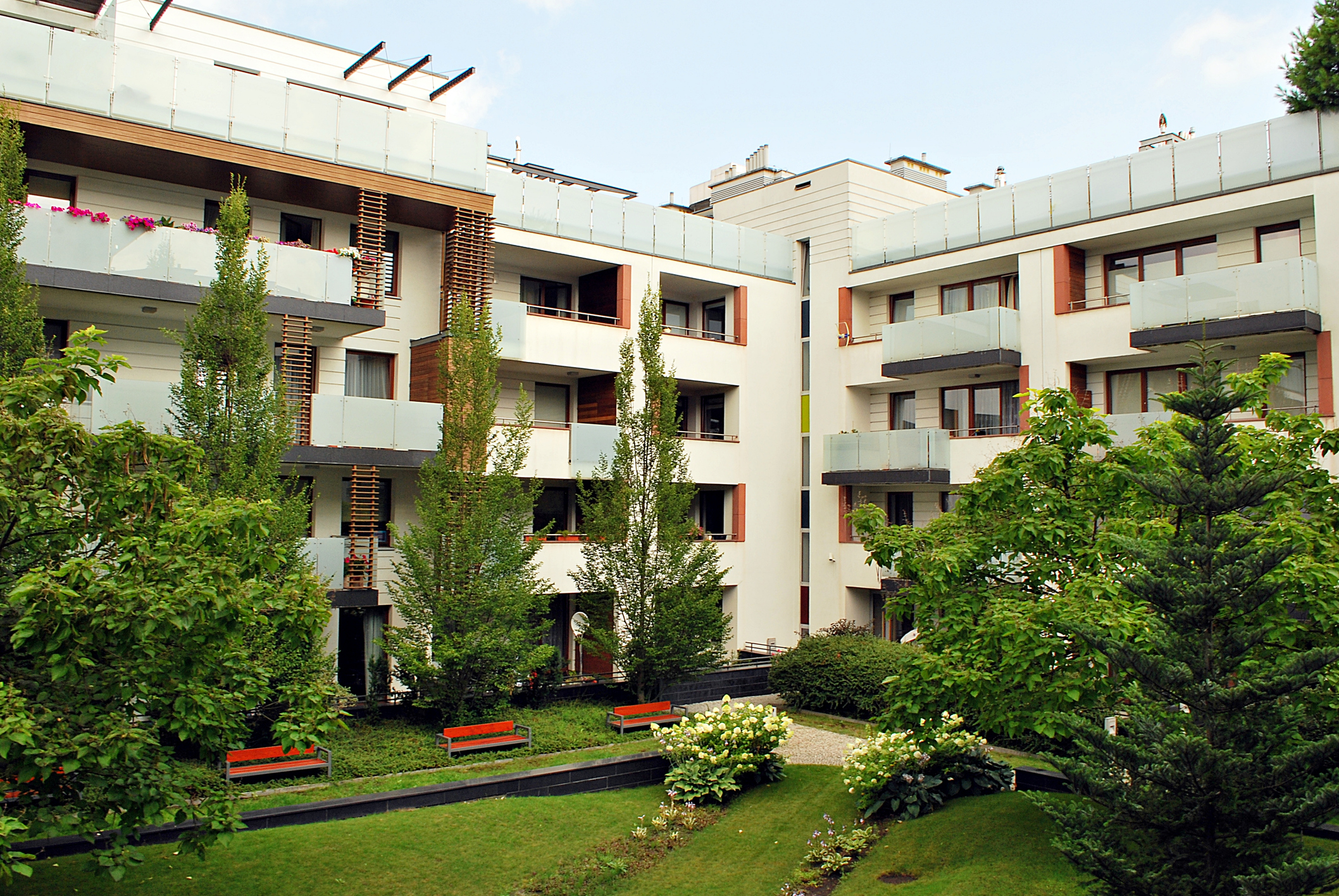Sustainable soil and compost techniques for small spaces
Small-space gardening can transform balconies, patios, and compact indoor corners into productive, healthy areas without heavy tools or large plots. This article outlines practical, low-waste soil and compost approaches for plants in containers and small beds, emphasizing sustainability, simple maintenance, and strategies that suit both indoor and outdoor settings.

Small spaces require thoughtful soil and compost strategies to keep plants healthy while minimizing waste and effort. Whether you have a shaded balcony, a sunny patio, or a sunny windowsill for indoor plants, the right mix of organic matter, drainage, and targeted amendments will support growth, reduce the need for synthetic inputs, and improve long-term soil structure. This article explains how to create and manage soil in containers, use compost effectively, and adapt techniques for succulents and mixed plantings, all with sustainability in mind.
How do plants benefit from improved soil?
Healthy soil feeds roots, retains moisture, and provides stable structure for plants. For both indoor and outdoor containers, a balanced soil blend supplies nutrients and encourages beneficial microbial life. Good soil improves root aeration and water infiltration, reducing root rot and salt buildup common in small containers. Adding organic matter like compost or well-rotted leaf mold increases cation exchange capacity so plants can access nutrients more consistently, which supports vigorous foliage and flowering without frequent chemical fertilizers.
What compost methods suit small spaces?
Composting for limited areas focuses on compact or contained systems. Options include bokashi bins for fermenting kitchen scraps, worm bins (vermicompost) for nutrient-dense castings, and small tumblers that accelerate breakdown. Vermicompost is especially useful for indoor setups because it produces minimal odor and yields concentrated nutrients that can be diluted as a liquid feed or mixed into potting mixes. For balconies and patios, a closed tumbler avoids pests and is easy to rotate; for indoor use, a small bokashi or worm setup beneath a sink or on a balcony shelf works well.
How to build healthy soil in containers?
Start with a lightweight potting mix rather than garden soil; potting mixes provide drainage and air space crucial in containers. Amend mixes with 10–30% mature compost for nutrient supply and water retention. For clay-heavy commercial mixes, add perlite, pumice, or coarse sand to improve drainage. Layering at the bottom with a thin barrier of broken pottery or coarse material is rarely necessary if the potting mix is well-formulated; instead focus on using the right pot size, giving roots room to breathe, and refreshing the top 2–3 inches of soil with fresh compost each growing season to replenish nutrients.
How to adapt techniques for balcony and patio plantings?
Balcony and patio planters face heat, wind, and limited soil volume. Choose drought-tolerant species or mixes with higher organic matter to buffer moisture fluctuations. Use self-watering containers or incorporate water-retentive amendments like coir or well-composted bark to reduce frequent watering. Position planters to shield from strong wind and consider mulching the surface with small gravel, wood chips, or shredded leaves to reduce evaporation. For landscaping-style arrangements in containers, group plants with similar watering needs to simplify care and reduce stress on roots.
How to manage watering and pruning for indoor spaces?
Indoor plants often suffer from overwatering and poor air circulation. Use a moisture meter or finger test to check topsoil dryness before watering, and ensure containers have drainage holes. Water deeply until it exits the drainage hole, then allow partial drying. Pruning maintains plant shape, improves light penetration, and reduces disease pressure; remove dead or crossing branches and trim leggy growth to encourage fuller habit. For herbs and edibles grown indoors, regular light pruning doubles as a harvest and promotes productive regrowth.
How can succulents and sustainable landscaping be combined?
Succulents thrive in fast-draining mixes: combine a standard potting mix with 30–50% grit, pumice, or coarse sand and include a small percentage of compost for slow nutrient release. In small-space landscaping on patios or balconies, succulents reduce water use and provide structural variety. Pair succulents with shallow-rooted herbs or drought-tolerant grasses for contrast while keeping overall maintenance low. Emphasize native, climate-appropriate choices to improve sustainability, supporting local pollinators and reducing the need for supplemental watering.
Conclusion
Applying sustainable soil and compost techniques in small spaces is largely about choosing the right materials and adapting practices to the container, microclimate, and plant type. Whether managing indoor succulents, balcony vegetables, or patio ornamentals, focus on a well-draining base, regular small additions of compost, careful watering, and periodic light pruning. These steps build resilient soils that support plant health while minimizing waste and external inputs.





